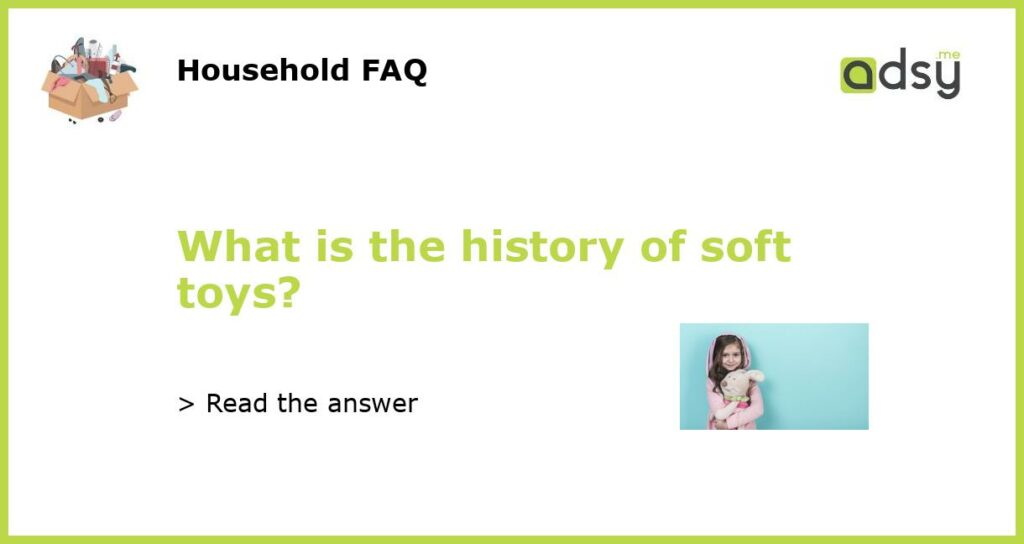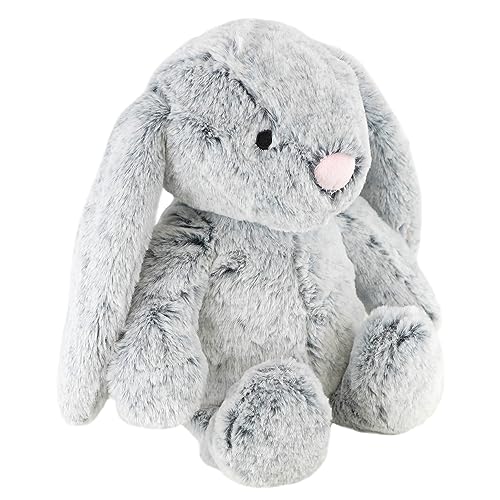Soft Toys: A Journey Through History
Soft toys have been a beloved part of childhood for centuries. From stuffed animals to plush dolls, these cuddly companions have brought joy and comfort to children of all ages. But have you ever wondered about the history of soft toys? Where did they come from and how have they evolved over time? Let’s dive into the fascinating story of these timeless playmates.
Early Beginnings: Stuffed Animals in Ancient Times
The history of soft toys can be traced back to ancient civilizations. In ancient Egypt, for example, stuffed animals were found in tombs dating back to around 1000 BC. These early versions were made by stuffing animal skins with straw, cotton, or other materials. Unlike the soft toys we know today, these ancient stuffed animals served a more symbolic purpose, acting as companions for the deceased in the afterlife.
Jumping forward to ancient Greece and Rome, there is evidence of children playing with stuffed animals made from cloth or leather. These ancient soft toys were often designed to resemble real animals, like lions or dogs, and were sometimes used for educational purposes, teaching children about different species.
The Rise of Teddy Bears and Rag Dolls
In the 19th century, soft toys began to take on a more recognizable form. One of the most iconic soft toys to emerge during this time was the Teddy Bear. The origin of the Teddy Bear can be traced back to 1902, when U.S. President Theodore Roosevelt refused to shoot a captive bear on a hunting trip. The incident led to a cartoon being published, depicting Roosevelt with a small bear. This cartoon inspired a toymaker named Morris Michtom to create a stuffed bear, which he called the “Teddy Bear” in honor of the president. The Teddy Bear became an instant hit and soon gained popularity around the world.
In addition to Teddy Bears, rag dolls also became popular during the 19th century. Rag dolls were typically made from scraps of fabric and were often hand-sewn by mothers or grandmothers for their children. These humble soft toys quickly became cherished companions for children, providing comfort and hours of imaginative play.
The Modern Era: Technological Advances and Character Licensing
In the 20th century, the production of soft toys underwent significant changes. With the advent of industrialization and advancements in technology, mass production of soft toys became possible. This meant that soft toys could be produced on a much larger scale and at more affordable prices, making them accessible to a wider audience.
Alongside mass production, character licensing became a major factor in the soft toy industry. Characters from books, movies, and television shows started making their way into the world of soft toys, capturing the hearts of children and collectors alike. Mickey Mouse, Winnie the Pooh, and Barbie are just a few examples of popular characters that have been transformed into soft toys over the years.
Today and Beyond: Innovation and Sustainability
Soft toys continue to evolve and adapt to the changing times. In recent years, there has been a growing emphasis on sustainability in the toy industry, including the production of eco-friendly soft toys made from organic or recycled materials. These toys not only provide comfort and entertainment but also promote a more environmentally conscious approach to play.
Furthermore, technological advancements have opened up new possibilities for soft toys. Interactive soft toys, equipped with sensors and voice recognition technology, can now engage with children in ways that were once unimaginable. These toys can respond to touch, mimic facial expressions, and even hold conversations, creating an immersive and interactive play experience.
As we look to the future, it’s clear that soft toys will continue to captivate the hearts and imaginations of children and adults alike. The history of soft toys has shown us that they have a special place in our lives, providing companionship, comfort, and endless joy for generations to come.






